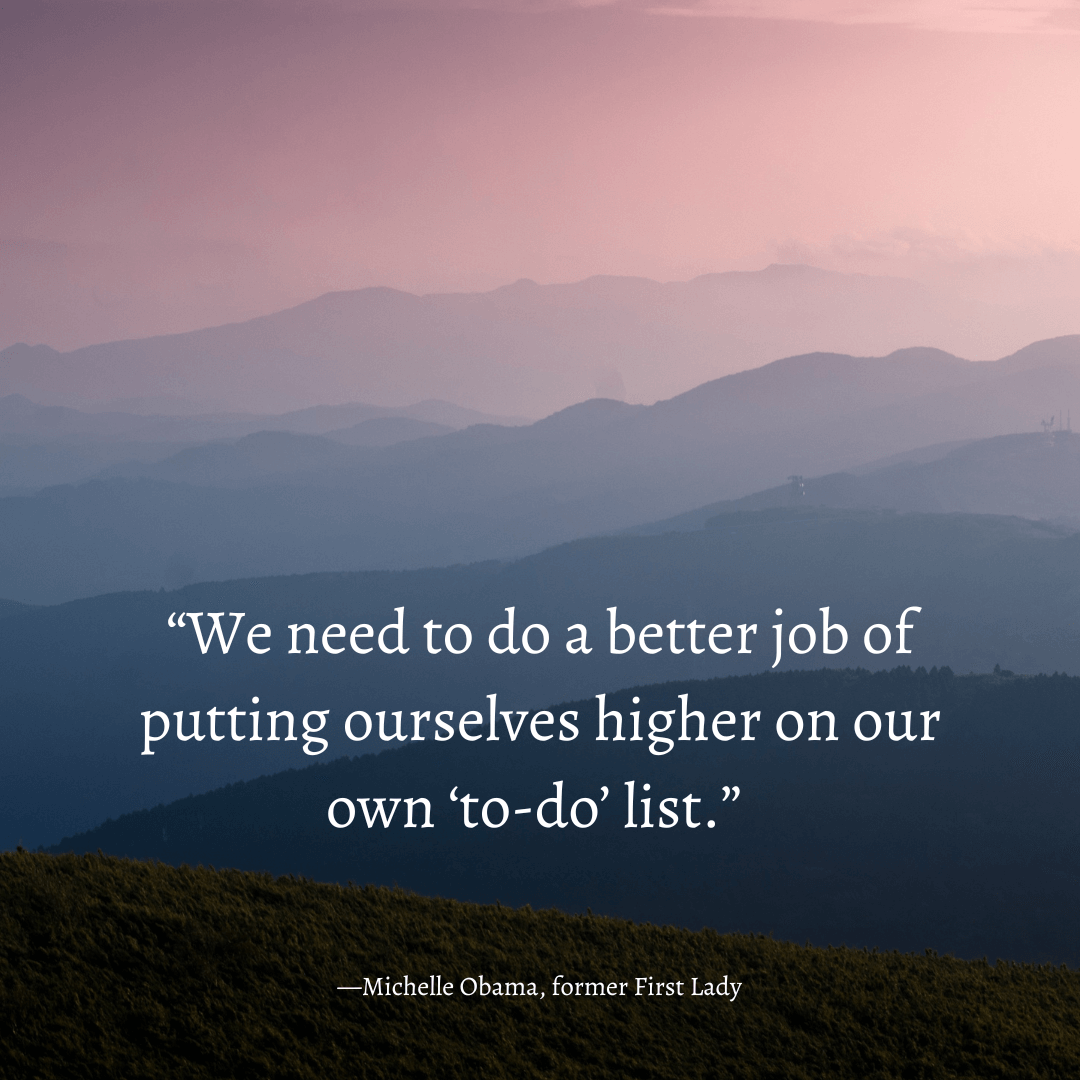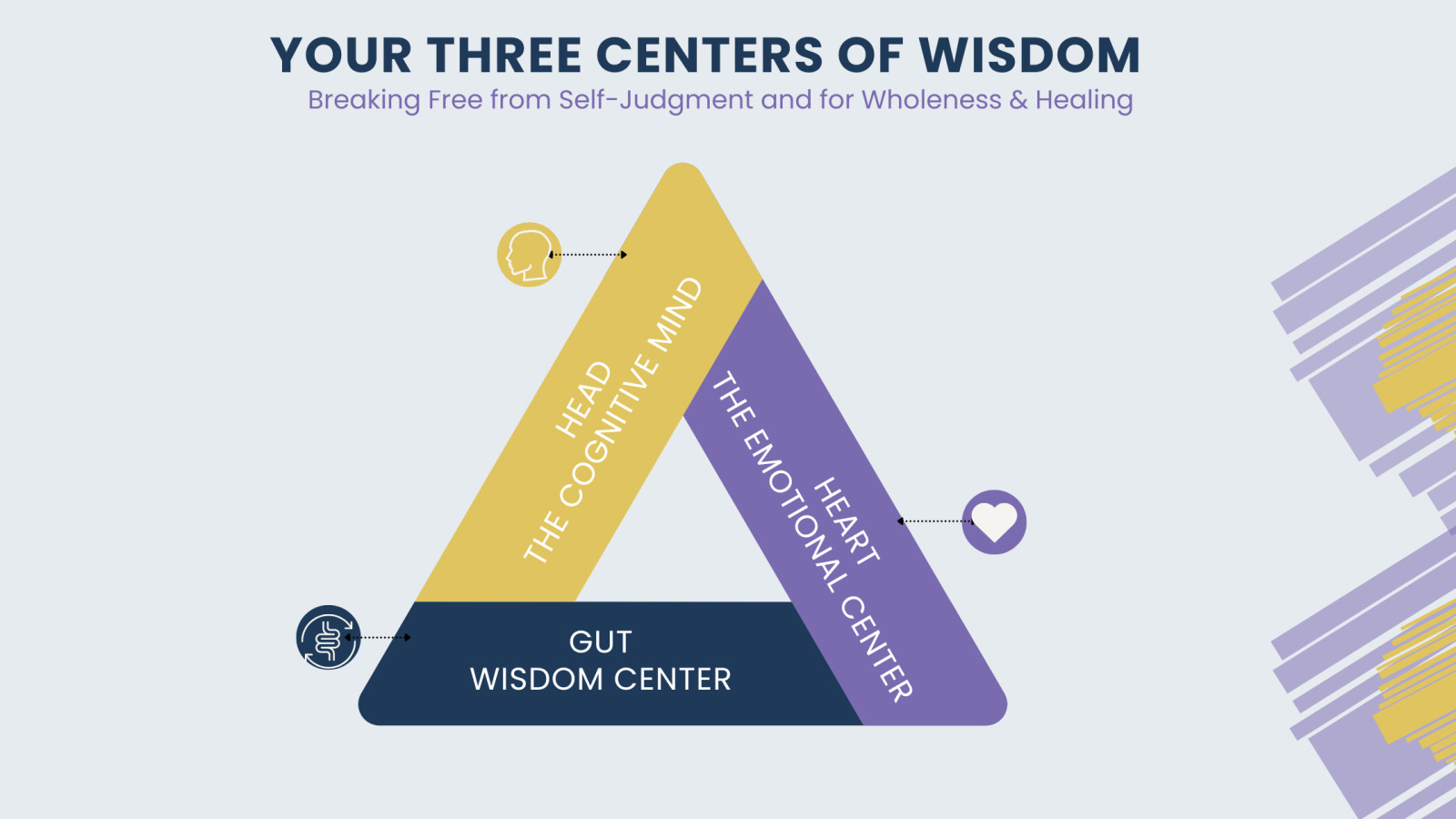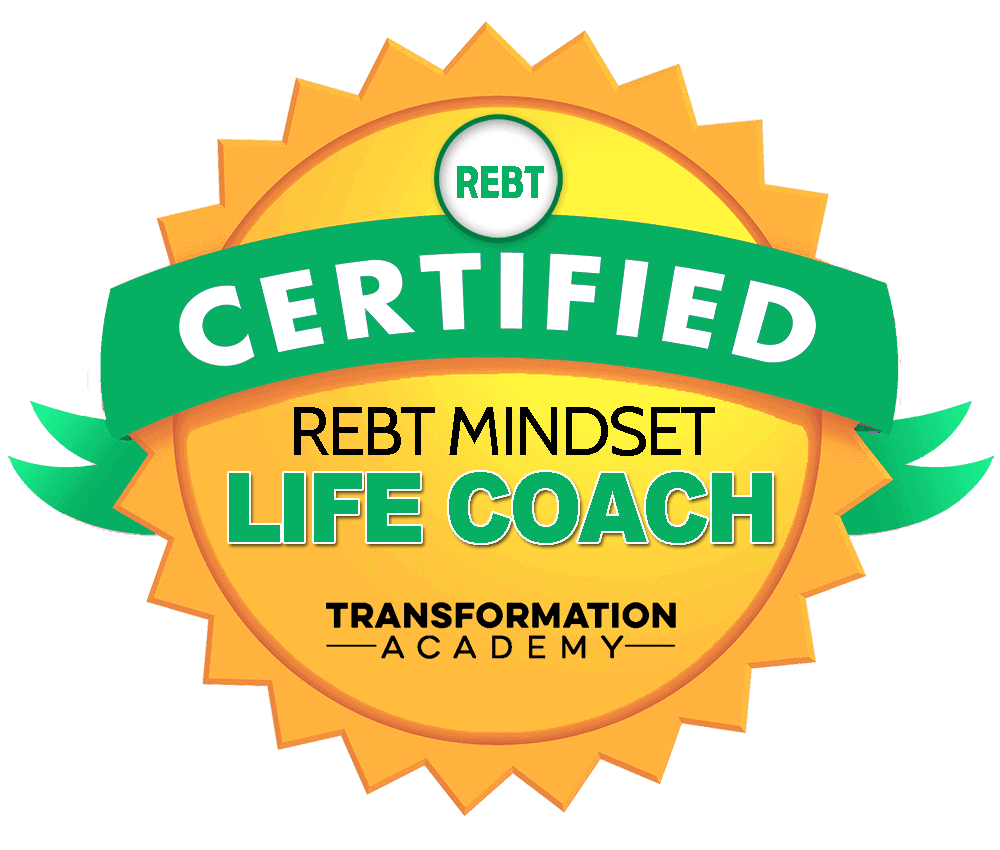
Understanding work-life balance
The concept of work-life balance involves creating harmony between your professional and personal life. It is about allocating the right amount of time and energy to work and personal activities, ensuring that neither aspect overshadows the other. Achieving work-life balance is essential for maintaining mental and physical well-being. When you strike a balance, you can perform better at work while also enjoying quality time with your family, pursuing hobbies, and taking care of your health.

Impact of wellness on work-life balance
Wellness programs in the workplace can positively impact work-life balance. These programs can help employees manage stress, improve their physical health, and enhance their overall well-being. Engaging in wellness activities can lead to increased productivity, reduced absenteeism, and improved morale among employees. In turn, this can create a more positive and balanced working environment for everyone.
Benefits of incorporating wellness into daily routine
Incorporating wellness into your daily routine can have several benefits, including improved mental and physical health, increased productivity and creativity, better stress management, and enhanced work-life balance. Regular exercise, balanced nutrition, mindfulness practices, and adequate sleep can all contribute to your overall well-being and help you feel more energized and focused throughout the day. Making wellness a priority can lead to a more fulfilling and balanced life, both personally and professionally.
Wellness activities to enhance work-life balance
Participating in wellness activities like yoga, meditation, and regular exercise can help reduce stress and improve overall well-being. These activities promote relaxation, boost energy levels, and enhance mental clarity, leading to a more balanced work-life dynamic. Additionally, practicing mindfulness and taking regular breaks throughout the workday can also contribute to a healthier and more harmonious lifestyle.
Creating a wellness-focused work environment
Many companies are now focusing on creating a work environment that promotes employee wellness. This includes offering wellness programs, providing healthy snacks and drinks, and encouraging physical activity during work hours. By doing so, employers aim to reduce stress, increase productivity, and improve overall employee satisfaction. Wellness-focused work environments can lead to reduced absenteeism, lower healthcare costs, and improved employee morale. Additionally, they can help employees maintain a better work-life balance, leading to a more fulfilling and sustainable career.
Time management and setting wellness goals
To improve work-life balance, setting wellness goals and managing time are crucial. Consider these points:
- Time Management
- Prioritize tasks to increase efficiency.
- Use tools like calendars and to-do lists to organize your time effectively.
- Set boundaries to avoid overworking and maintain personal time.
- Setting Wellness Goals
- Identify specific wellness goals, such as exercising regularly or practicing mindfulness.
- Break goals into manageable steps and track progress to stay motivated.
- Incorporate wellness activities into your daily routine to promote a healthy work-life balance.
Promoting mental and emotional wellness
Mental and emotional wellness plays a crucial role in achieving a balanced work-life dynamic. It is important to prioritize strategies that support mental and emotional wellness, as they contribute to overall well-being. Practicing mindfulness and engaging in stress-relieving activities can help manage emotions and improve mental health. Additionally, creating a supportive work environment that encourages open communication and healthy work relationships is essential for promoting mental and emotional wellness. Seeking professional support when needed is also important in addressing mental and emotional health concerns.
Physical wellness and its influence on work-life balance
Maintaining physical wellness can greatly impact your work-life balance. Regular exercise and a healthy diet can improve your energy levels, productivity, and mental clarity. It can also reduce stress and help prevent burnout, allowing you to better manage your work and personal life. Additionally, practicing good posture and taking breaks to stretch throughout the day can prevent discomfort and potential injuries, which can negatively impact your ability to focus and perform at work.
Financial wellness strategies
Financial wellness strategies are essential for achieving a balanced work-life routine. To improve your financial well-being, consider the following approaches:
- Create a budget to track your expenses and income, allowing you to manage your finances effectively.
- Set realistic financial goals to motivate and guide your financial decision-making.
- Invest in retirement plans to secure your financial future and ensure stability during your senior years.
- Prioritize debt management to reduce financial stress and cultivate a healthy financial outlook.
- Consider seeking professional financial advice to gain insight into managing and growing your wealth effectively.
Summary and concluding thoughts
It’s essential to prioritize your wellness to achieve a healthy work-life balance. By focusing on your physical, mental, and emotional well-being, you can reduce stress and improve overall satisfaction in both your personal and professional life. Remember to take breaks, practice mindfulness, and engage in activities that bring you joy. Finding the right balance may take time, but it’s worth the effort for a more fulfilling life.





















0 Comments